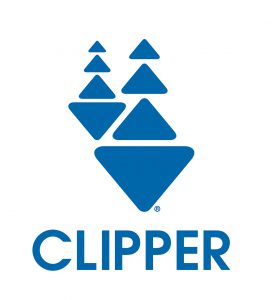 The wait is over! Clipper is now accepted on County Connection, WestCAT, Wheels (LAVTA) and Tri Delta Transit buses. Here is some information to help you get started using Clipper:
The wait is over! Clipper is now accepted on County Connection, WestCAT, Wheels (LAVTA) and Tri Delta Transit buses. Here is some information to help you get started using Clipper:
How to Get a Clipper Card: If you don’t already have a Clipper card, you can order one by phone, visit ClipperCard.com, or purchase one at transit agency ticket offices and select retail stores. (Details)
31-Day Pass vs. Cash: You can use a 31-Day Pass or cash value on a Clipper card. To determine the best value for you, visit the appropriate fare page:
Clipper Discounts: Clipper offers discount cards for youths and seniors. Customers with disabilities may also receive a discount card through the Regional Transit Connection (RTC) program. (Details)
Clipper Applies Transit Agency Discounts: Each transit agency offers its own discounted fares, passes, and/or tickets for adults, youths, seniors and passengers with disabilities. When you use cash value on a Youth, Senior or RTC Clipper card, Clipper automatically applies any available discounts for which you are eligible.
Routes Which Now Accept Clipper:
- Tri Delta Transit: All fixed routes.
- County Connection: All regular and express fixed routes except routes 250 and 260 and the Alamo Creek Shuttle.
- WestCAT: All routes except the local portion of the Lynx route. If you ride a Lynx bus for a local trip, you should pay your fare in cash, or Clipper will charge you a transbay fare.
- Wheels: All fixed routes.
How to Use Clipper: Tag your card by holding it flat against the Clipper logo on the Clipper card reader, and wait for the beep and green light. If your card balance is low, the reader will beep twice and display a yellow light. You can still board the bus, but you will need to add value to your card before your next trip. If you do not have enough value on your card, the reader will beep three times and display a red light, and you will not be able to pay your fare with Clipper.
Transfers Between Bus Systems: Clipper automatically grants you one free transfer from other Wheels, County Connection, Tri Delta Transit and WestCAT routes. If you are transferring to a transit service that does not accept Clipper, you should request a paper transfer.
Day Pass: A Day Pass gives you unlimited rides on a single day: $3.75 for adults and youth, $1.75 for senior and RTC customers. The Day Pass is a regional pass good on most Tri Delta Transit, County Connection, WestCAT and Wheels routes. You get the Day Pass discount automatically – once you pay $3.75 in fares in a day on any combination of the participating transit services, your rides will be free of charge for the rest of that day. Free transfers and fares paid on WestCAT Lynx Transbay service do not apply toward a Day Pass.
For more information on how using Clipper works with regard to a specific transit agency, visit ClipperCard.com and click the logo of the transit agency you’re interested in.


 If you’re considering purchasing an electric vehicle (EV), visit San Francisco the weekend of November 23 & 24 for an Experience Electric event, where you can test drive EVs from a variety of manufacturers for free.
If you’re considering purchasing an electric vehicle (EV), visit San Francisco the weekend of November 23 & 24 for an Experience Electric event, where you can test drive EVs from a variety of manufacturers for free. The wait is over! Clipper is now accepted on County Connection, WestCAT, Wheels (LAVTA) and Tri Delta Transit buses. Here is some information to help you get started using Clipper:
The wait is over! Clipper is now accepted on County Connection, WestCAT, Wheels (LAVTA) and Tri Delta Transit buses. Here is some information to help you get started using Clipper: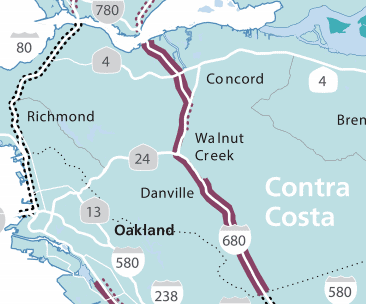
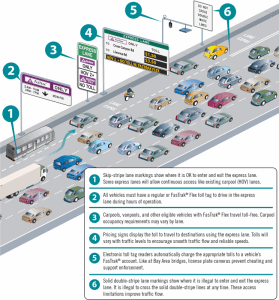

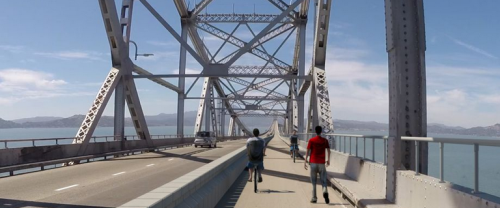



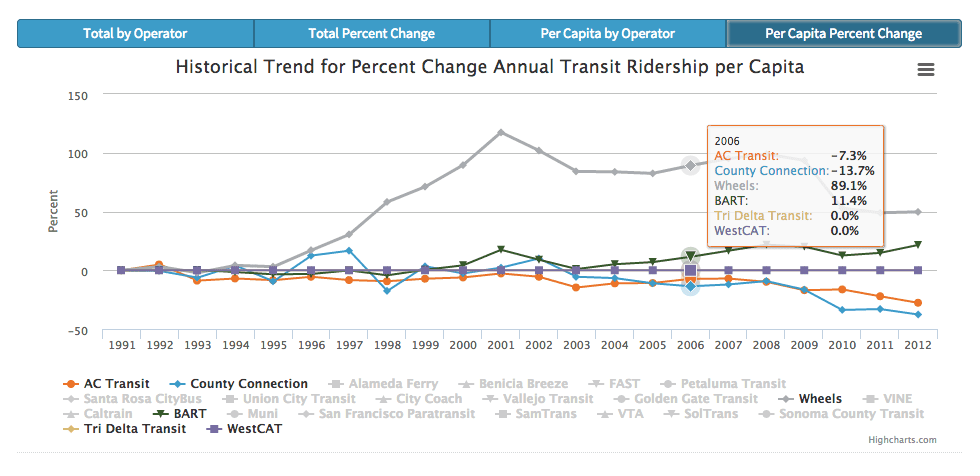
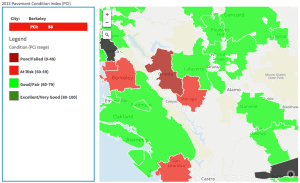
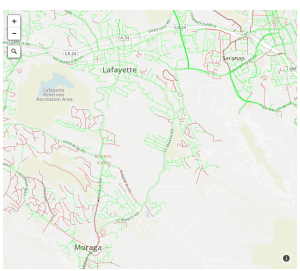

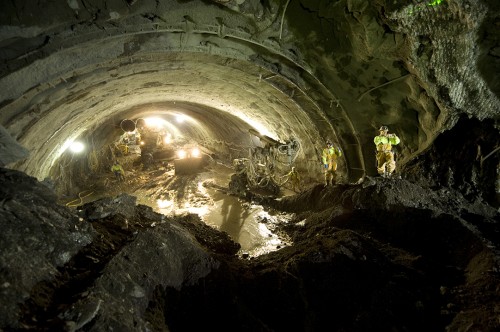
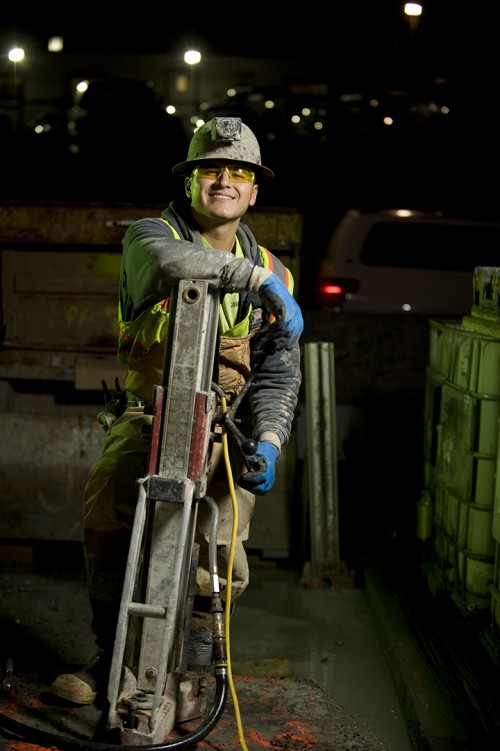

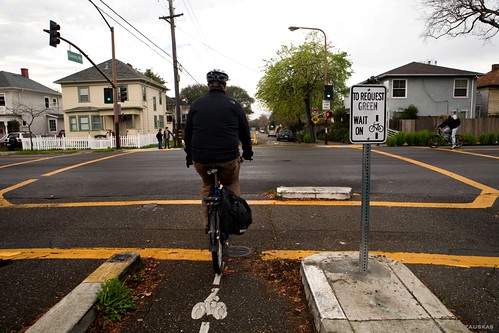




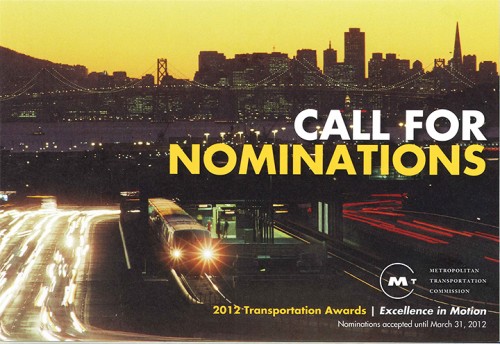



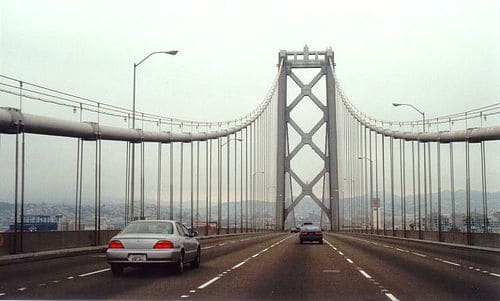
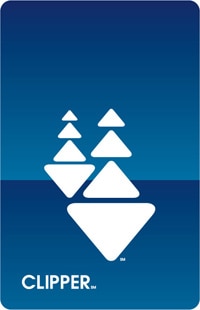 It’s official: TransLink becomes Clipper today.
It’s official: TransLink becomes Clipper today.